
By Mx Kris Vyas-Myall
As I am writing this, the news has come in confirming we will have a general election in one month’s time. This is not an entirely surprising move. Wilson would have been required to call one by March next year at the latest and, for the sake of parliamentary business, it is often seen as better to call one in May or June, in the lead up to the summer recess but before international conferences, like Britain’s negotiation for the common market (so the country’s leadership doesn’t change midway through as in Potsdam).

However, it is also hard not notice this has occurred at the same time as a massive shift in fortunes of opinion polling for the government. In January, Marplan polling gave Labour a 13 point deficit to the Conservatives, their most recent figures give them a 3 point lead. This is matched by figures from NOP and Gallup, whilst Harris polling gives them a two point lead. The main reason for this turn around is seen as economic fundamentals turning in Wilson’s favour. Wages are rising faster than inflation, the balance of payments crisis seems to be easing, EEC entry is finally on the horizon, and more houses are being built than ever before.
However, there are a number of reasons for us not to assume this is a done deal. Most obviously, if the polls can swing 16 points one way in a few months, there is no reason they could not shift a few points back by election day. In fact Labour’s support has been so rocky over the past 6 years, not because their voters are switching to the Conservatives and back, but they are just saying they will try the liberals or not vote for anyone. The thing about floating voters is one rough current means they are carried miles away.
Secondly, this will be the first nationwide election held under the new Representation of the People Act, giving those aged 18-20 the right to vote for the first time. As such it is new territory for pollsters to try to guess how many will vote and if they are indeed talking to the right kind of young person. Who is more representative of the voter who will turn up, the firebrand on campus or the working-class single mother?
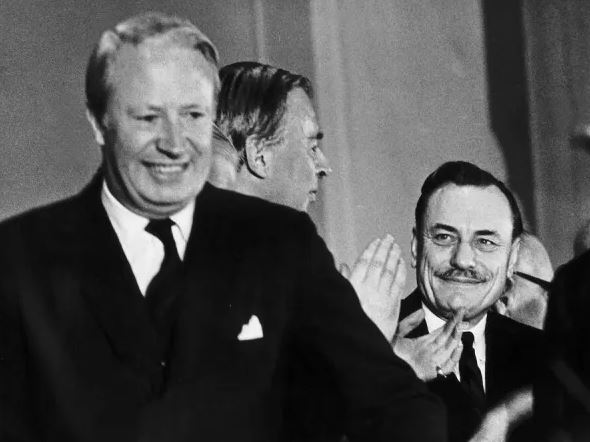
Finally, there is the Powell factor. In spite of his removal from the Conservative frontbenches, Enoch Powell’s brand of populism has continued to cause a stir around the country. His bombastic statements on the immigrant birth rates, the need to cut the government budget and condemning American involvement in Vietnam, sometimes seem to get as much coverage as a speech from Mr. Wilson or Mr. Heath. Whether more scrutiny will draw in or push away from voters to the Tory cause is something that is very hard to predict.
Vision of Tomorrow #9
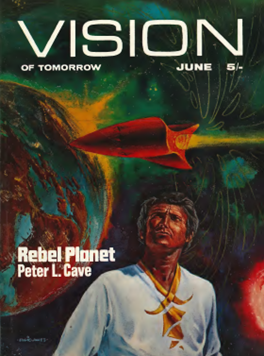
Cover and all internal illustrations by Eddie Jones
On the other hand, Vision of Tomorrow is as predictable as always. It has got into a groove of quiet competence of late and much of it sticks to well-trodden paths.
Continue reading [May 18th, 1970] Rematch (Vision of Tomorrow #9)

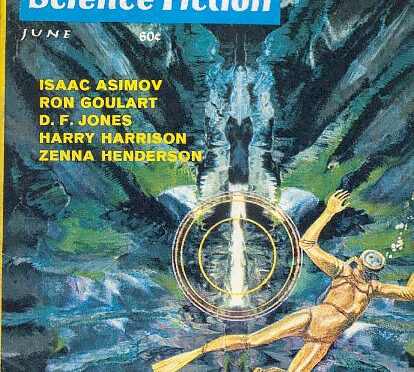

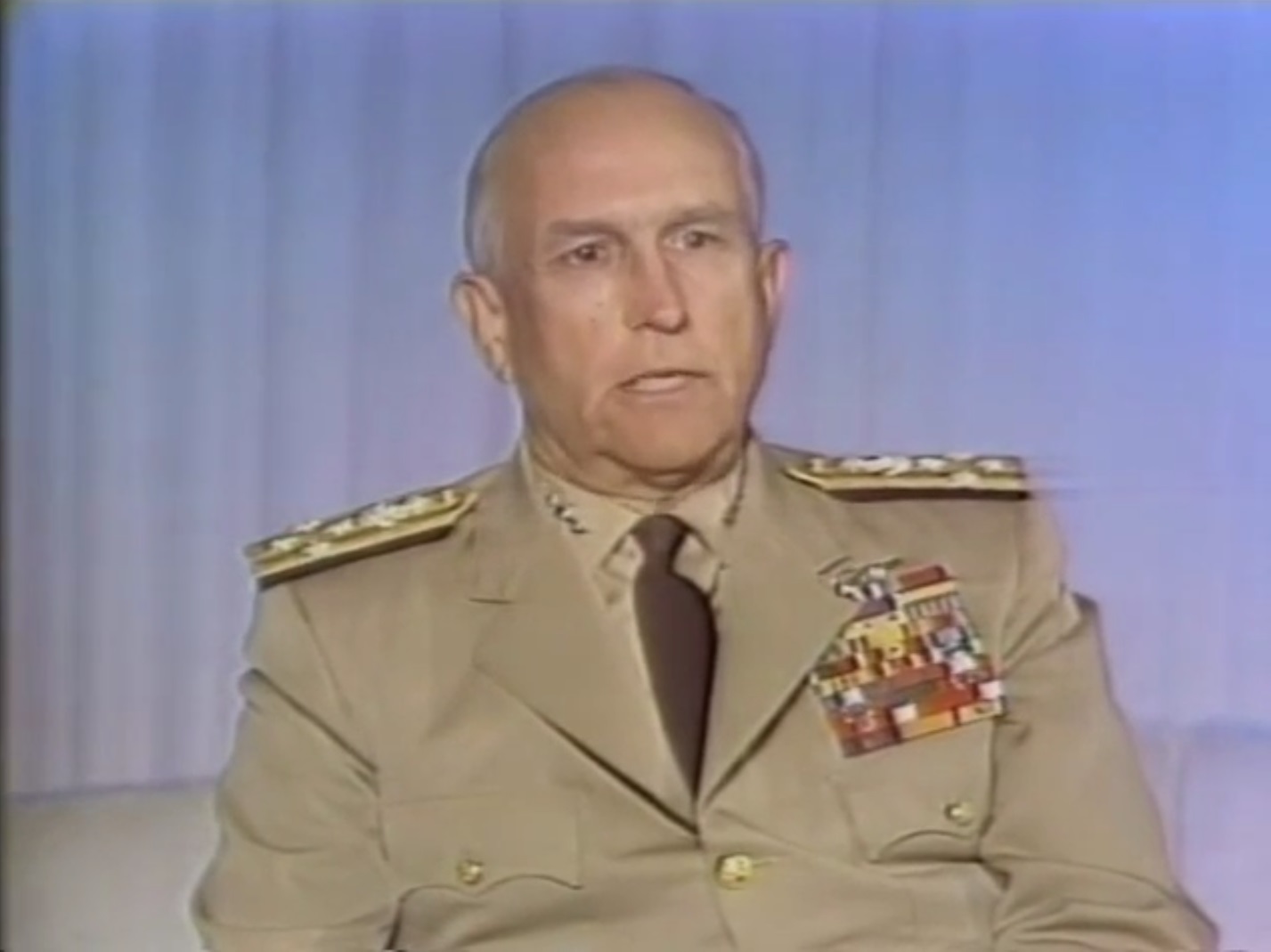

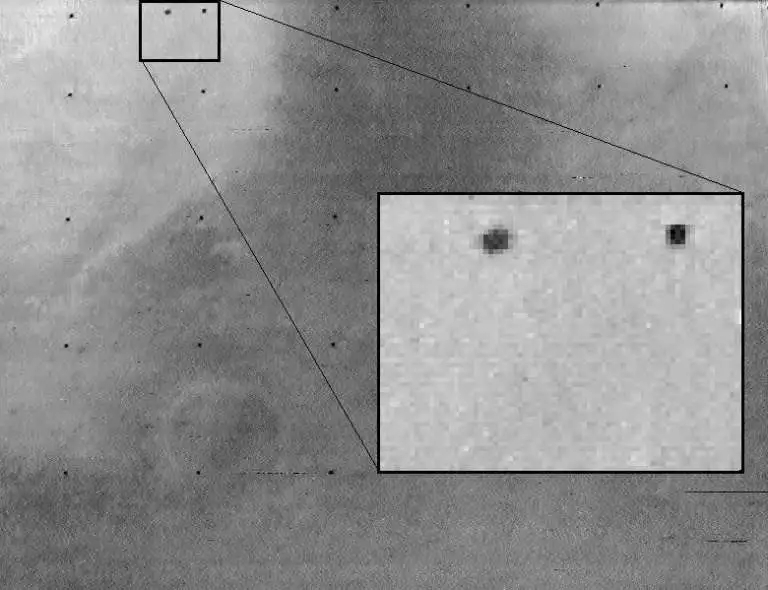
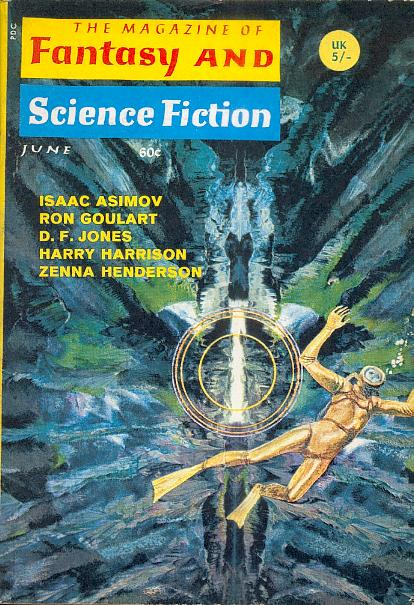
![[May 12, 1970] War and Peace (June 1970 <i>Fantastic</i>)](https://galacticjourney.org/wp-content/uploads/2025/05/COVERSMALL-672x372.jpg)



![[May 10, 1970] Fever Pitch (<i>New Writings in S-F 17</i> & <i>Vortex</i>)](https://galacticjourney.org/wp-content/uploads/2025/05/Vort-Title-554x372.png)


![[May 8, 1970] Tower of Glass (June 1970 <i>Galaxy</i>)](https://galacticjourney.org/wp-content/uploads/2025/05/700508galaxycover-645x372.jpg)



![[April 30, 1970] Praise for the Resident Witch (May 1970 <i>Analog</i>)](https://galacticjourney.org/wp-content/uploads/2025/04/700430analogcover-672x372.jpg)

![[April 28, 1970] A Strange Case of Vulgarity & Violence (<i>Vision of Tomorrow</i> #8)](https://galacticjourney.org/wp-content/uploads/2025/04/VoT5-1-280x372.jpg)

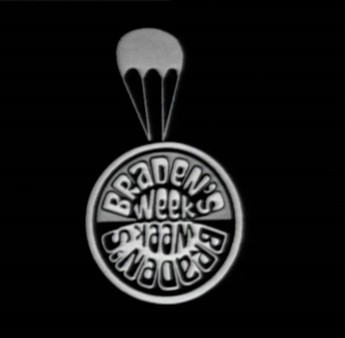

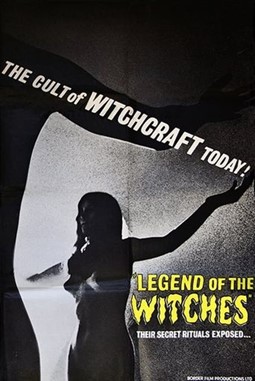
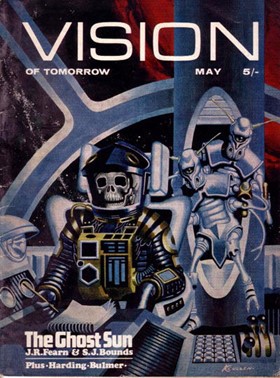
![[April 20, 1970] Not the final quarry (May 1970 <i>Fantasy and Science Fiction</i>)](https://galacticjourney.org/wp-content/uploads/2025/04/700420fsfcover-653x372.jpg)
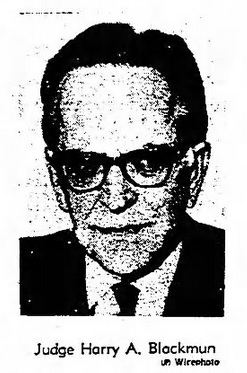
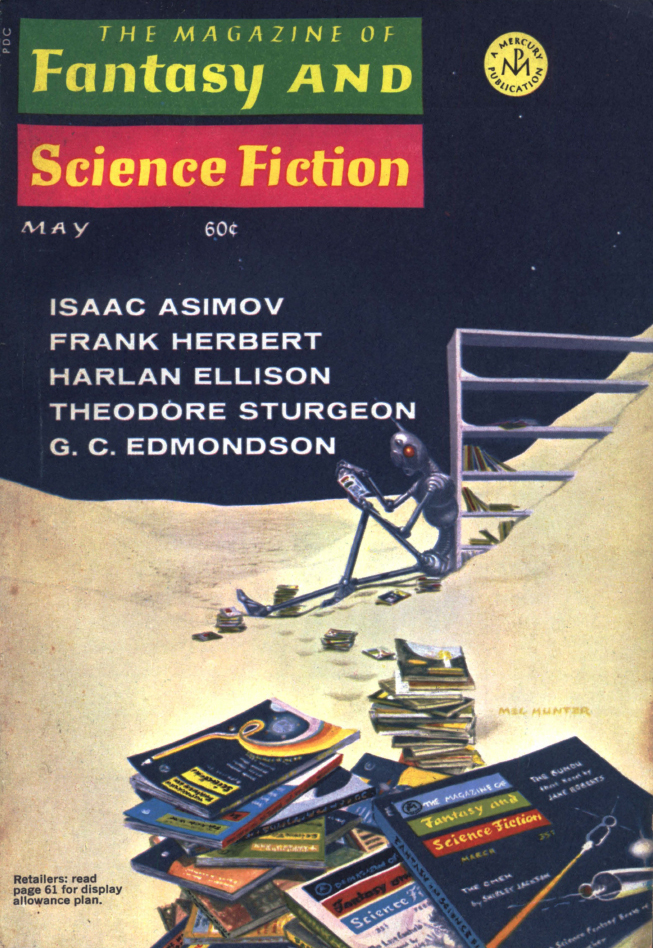
![[April 14, 1970] Take this spaceship to Alpha Centauri (May 1970 <i>Venture</i>)](https://galacticjourney.org/wp-content/uploads/2025/04/Venture-1970-05-Cover-475x372.jpg)


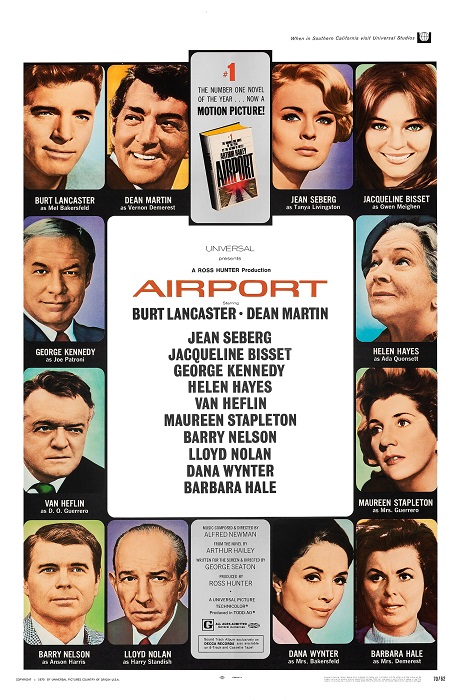 You probably know who most of these people are.
You probably know who most of these people are.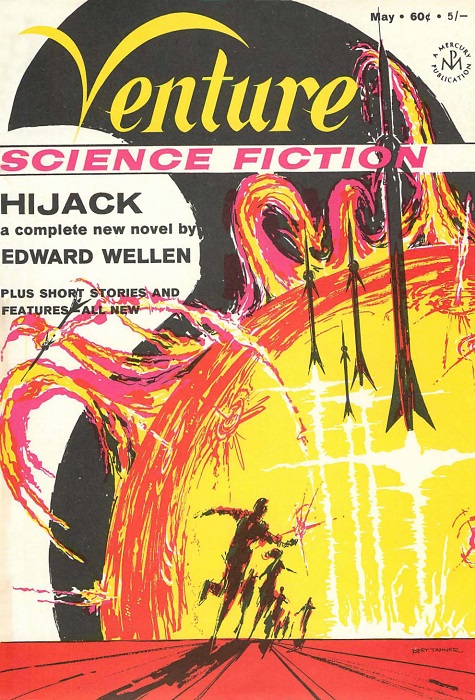 I’m still not sold on Tanner’s covers, but this one is better than most. Art by Bert Tanner
I’m still not sold on Tanner’s covers, but this one is better than most. Art by Bert Tanner![[April 10, 1970] A Style in Treason (May 1970 <i>Galaxy</i>)](https://galacticjourney.org/wp-content/uploads/2025/04/700410galaxycover-651x372.jpg)





